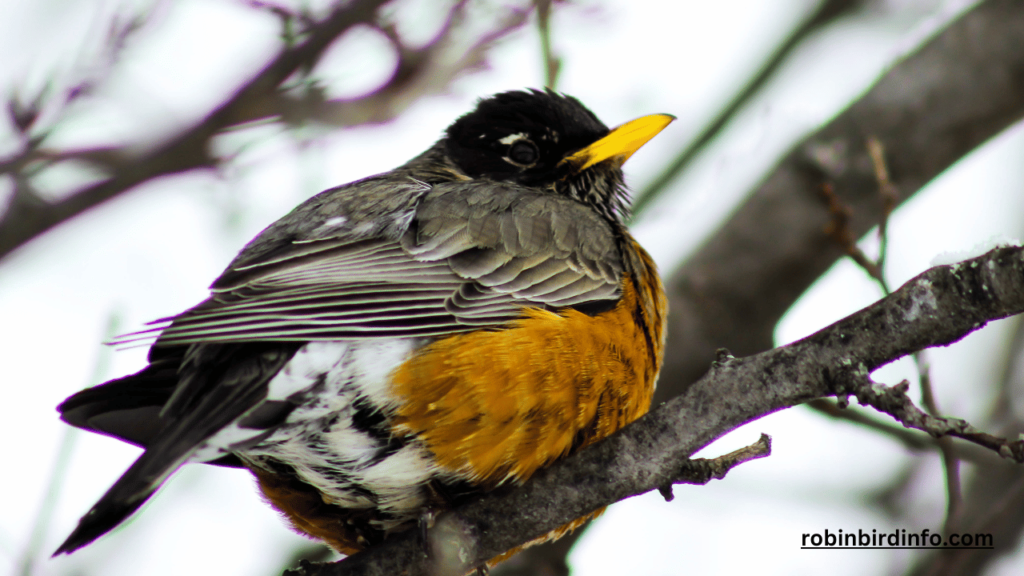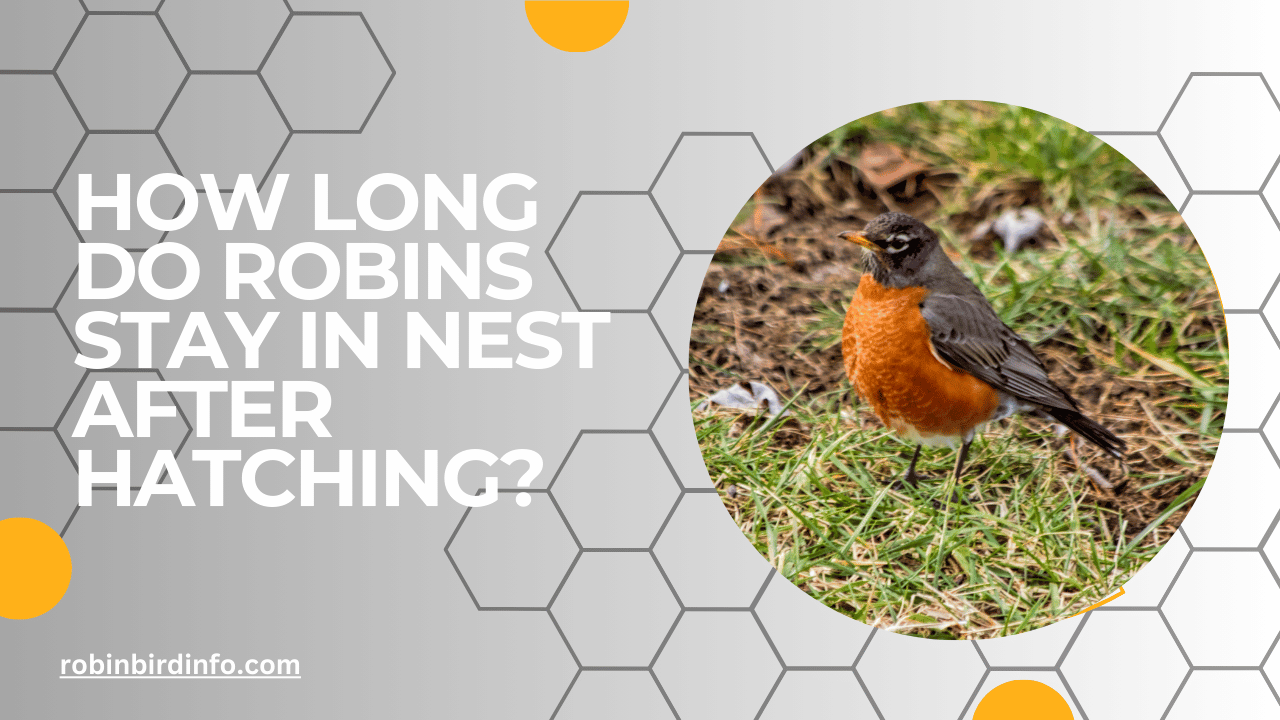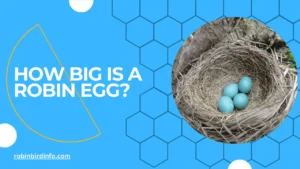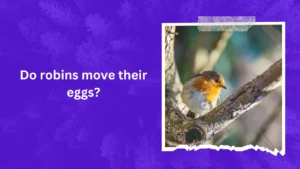Have you ever peeked into a Robin’s nest, marveling at the tiny, chirping bundles nestled within? It’s a familiar springtime sight, but a question often arises: how long do these seemingly fragile chicks stay tucked away in their leafy home?
The answer isn’t as simple as a single number. Unlike human babies who spend months (or even years!) under constant parental care, Robin chicks have a much shorter stay in the nest. But this seemingly quick turnaround is a critical period in their lives, filled with rapid growth, development, and learning.
Understanding how long Robins stay in the nest and the factors that influence this timeframe can deepen our appreciation for these backyard birds and the incredible journey they take from helpless hatchling to independent flyer.
So, grab a cup of coffee (or your favorite beverage!), settle in, and let’s unravel the mystery of the missing chicks!
We’ll explore the typical timeline for Robin nestling development, the fascinating activities that take place within the nest, and the factors that can influence how long they stay grounded before taking their first flight.
Contents
Section 1: Nestling Stage
Hatching and Early Development: After approximately 12-14 days of incubation, Robin eggs begin to hatch. The tiny, featherless chicks emerge from their shells, relying on their parents for warmth and nourishment.
Growth and Development: Robin nestlings grow rapidly, gaining weight and developing feathers at an astonishing pace. Their eyes open within a few days, and they soon begin to vocalize and respond to their parents.
Parental Care: Both male and female Robins share the responsibility of caring for their young. They work tirelessly to keep the nestlings warm, protected, and well-fed. Parents bring insects, worms, and other small invertebrates to the nest and regurgitate them for the hungry chicks.
Section 2: Factors Influencing Nestling Stage Duration
Food Availability: A plentiful supply of food is crucial for the rapid growth of nestling Robins. If food is scarce, the growth rate may slow down, and nestling survival may be compromised.
Weather Conditions: Weather conditions can significantly impact nestling development. Cold, wet weather can lead to hypothermia and increased mortality rates. Conversely, warm, dry weather can promote rapid growth and development.
Predation Risk: Nestling Robins are vulnerable to predation from a variety of predators, including cats, snakes, and birds of prey. Parental vigilance and defensive behaviors can help to reduce predation risk.
Section 3: Fledging and Post-Fledging Care
Fledging Process: After about 12-14 days in the nest, Robin nestlings are ready to fledge. This process involves leaving the nest and taking their first flights.
Parental Care After Fledging: Even after fledging, parent Robins continue to provide care for their young. They may feed and protect their fledglings for several days or weeks.
Independent Feeding: As fledglings gain strength and experience, they gradually become more independent. They learn to forage for their own food, such as insects and berries.
Section 4: Factors Affecting Fledging Success
Habitat Quality: The quality of the habitat surrounding the nest can significantly influence fledging success. A diverse habitat with abundant food and shelter resources can increase the chances of fledgling survival.
Human Impact: Human activities, such as habitat loss, pesticide use, and domestic cats, can pose a threat to Robin populations and their nesting success.
Climate Change: Climate change can alter the timing of breeding seasons and the availability of food resources, potentially impacting the survival and development of Robin nestlings.
Section 5: Conservation Implications

Protecting Nest Sites: To protect Robin nests, it is important to minimize disturbances and create bird-friendly habitats. Installing nest boxes and providing suitable nesting materials can encourage Robins to nest in your yard.
Habitat Conservation: Preserving natural habitats, such as forests and wetlands, is crucial for the long-term survival of Robin populations.
Citizen Science: Participating in citizen science projects can help researchers monitor Robin populations and track changes in their breeding success. By collecting data on nesting behavior and nestling survival, citizen scientists can contribute to conservation efforts.
Conclusion
The nestling stage is a critical period in the life of a Robin.
By understanding the factors that influence their growth and development, we can take steps to protect these birds and their habitats. By creating bird-friendly environments and minimizing human impact, we can ensure the continued success of Robin populations for generations to come.
FAQ’s
How long do Robin chicks stay in the nest?
Typically, Robin chicks stay in the nest for about 12-14 days.
What do Robin chicks eat?
Robin chicks are primarily fed insects, such as caterpillars, worms, and beetles. Their parents will bring these food items back to the nest and regurgitate them for the chicks.
Do both parent Robins care for the chicks?
Yes, both male and female Robins share the responsibility of feeding and protecting their young.
What threats do Robin chicks face?
Robin chicks are vulnerable to predation from various animals, including cats, snakes, and birds of prey. Adverse weather conditions, such as heavy rain and strong winds, can also pose a threat.
How can I help protect Robin nests?
You can help protect Robin nests by creating a bird-friendly environment in your yard. This includes planting native plants, providing clean water sources, and avoiding the use of pesticides. Additionally, you can deter predators by installing fencing or using deterrents like reflective tape.
Can I touch a baby Robin?
It’s best to avoid touching or handling baby birds. Human contact can stress the birds and make them more vulnerable to predators and disease.








